The global economy stands at a crossroads, defined by two distinct paths: the linear and the circular. The former, a relic of the industrial age, is characterized by a “take-make-dispose” model that has propelled economic growth at the expense of environmental health. The latter, a beacon of modern sustainability, offers a blueprint for economic resilience that aligns with the planet’s ecological balance.
This article delves deep into linear economy vs circular economy by exploring the fundamental differences between these two economic models, examining their principles, impacts, and implications for our planet’s health and long-term sustainability.
What is a Linear Economy?
To comprehend the revolutionary nature of the circular economy, we must first understand its predecessor: the linear economy.
This economic model has dominated global production and consumption patterns since the Industrial Revolution, shaping our world in profound ways. Throughout the 20th century, the linear approach became deeply entrenched globally.
The United Nations Environment Programme reports that global material extraction has tripled since 1970, reaching a staggering 92 billion tonnes in 2017. If current trends continue, this figure could double by 2060, highlighting the model’s persistent dominance.
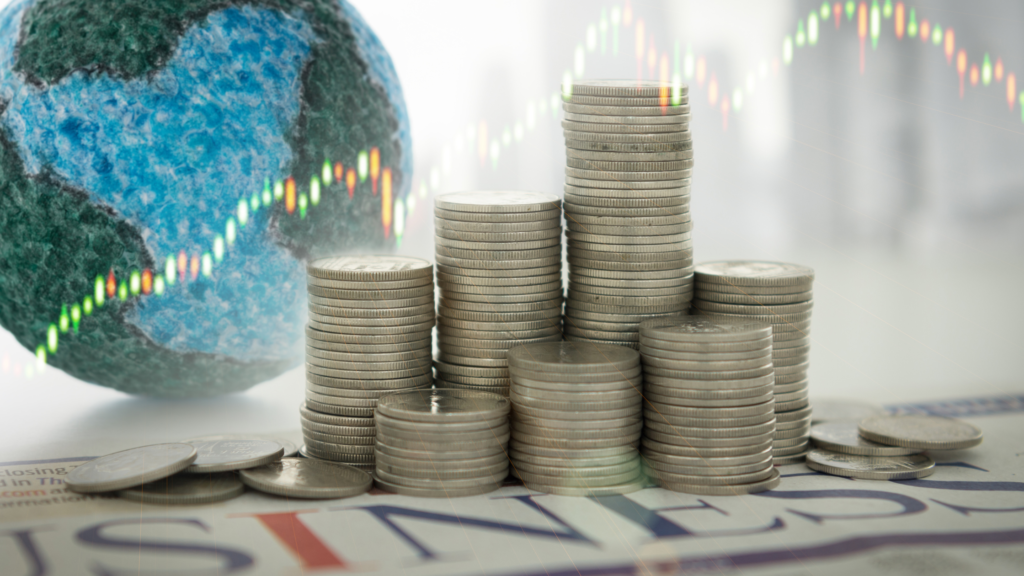
Key Characteristics
The linear economy is often described using the straightforward ‘take-make-dispose‘ paradigm:
Take: Raw materials are extracted from the earth.
Make: These materials are used to manufacture products.
Dispose: After use, products are discarded as waste.
This model is characterized by several key features:
- Resource Intensity: It relies heavily on the extraction of virgin materials, often at unsustainable rates.
- Planned Obsolescence: Products are frequently designed with a limited lifespan to encourage repeat purchases.
- Waste Generation: The model inherently produces large quantities of waste at various stages.
- Short-Term Focus: Economic success is often measured by immediate profits rather than long-term sustainability.
Examples of Linear Economic Practices
Linear thinking permeates numerous industries and everyday practices:
Fast Fashion
The clothing industry exemplifies linear economics. The Ellen MacArthur Foundation reports that clothing production doubled between 2000 and 2015, while garment utilization decreased by 40%.
Single-Use Plastics
Items like disposable cutlery and packaging are used briefly before being discarded. According to the UN Environment Programme, about 300 million tonnes of plastic waste are produced annually.
Electronic Devices
Many electronics are designed for short lifespans. The Global E-waste Monitor 2020 reported that 53.6 million metric tonnes of e-waste were generated in 2019, a figure projected to reach 74 million metric tonnes by 2030.
Food Waste
The Food and Agriculture Organization estimates that one-third of all food produced globally is lost or wasted, representing not only a waste of resources but also a significant contributor to greenhouse gas emissions.
Automotive Industry
Traditionally, vehicles are manufactured, sold, used, and then scrapped, with limited parts recovery or recycling.
The prevalence of these practices underscores how deeply the linear model is ingrained in our economic systems and daily lives. However, as we face increasing resource scarcity, environmental degradation, and the urgent need to address climate change, the limitations of this model have become glaringly apparent.
A study by Circle Economy found that the global economy is only 8.6% circular, meaning over 90% of the resources we use do not get cycled back into the economy.
This striking statistic highlights both the dominance of the linear model and the vast potential for improvement.
As we grapple with pressing global challenges, the need to transition away from the linear economy becomes increasingly urgent. The circular economy, which we will explore in the next section, offers a promising alternative – one that aligns economic activity with environmental sustainability and long-term resilience.
Understanding the Circular Economy
The circular economy represents a paradigm shift in how we approach production, consumption, and resource management. At its core, this model seeks to redefine growth, focusing on positive society-wide benefits and decoupling economic activity from the consumption of finite resources.
The Ellen MacArthur Foundation, a leading authority on the circular economy, defines it as an economic system that is restorative and regenerative by design.
This definition encapsulates the fundamental aim of the circular economy: to maintain the value of products, materials, and resources for as long as possible by returning them into the product cycle at the end of their use, while minimizing the generation of waste.
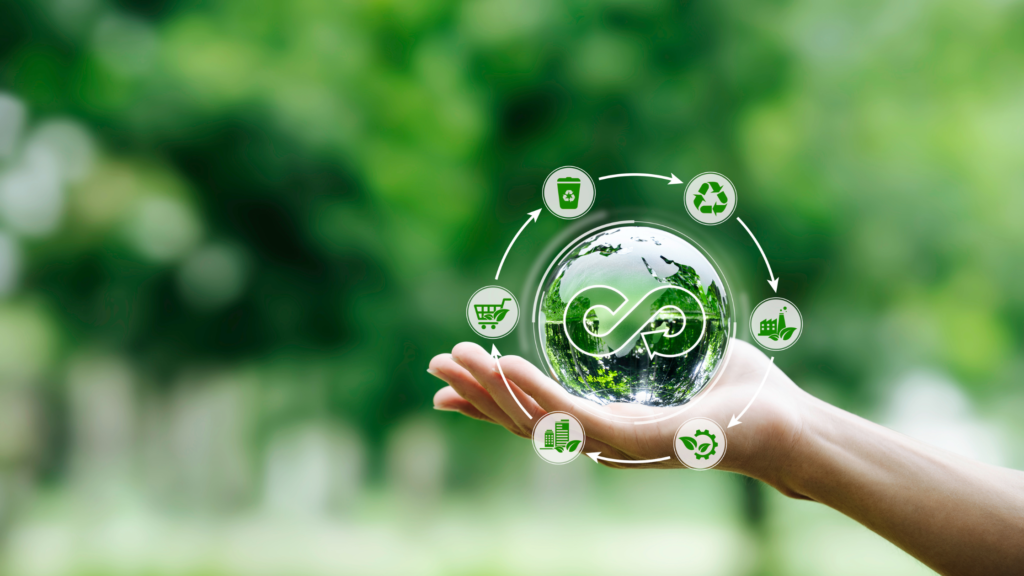
Core Principles
The circular economy is built on three core principles:
- Eliminate waste and pollution by designing out negative externalities from the outset, rather than trying to deal with them after they occur.
- Keep products and materials in use by creating durable products, designing for reuse, remanufacturing, and recycling, we can keep materials circulating in the economy.
- Regenerate natural systems by not just protecting, but actively improving the environment by returning valuable nutrients to the soil and other ecosystems.
Key Components of a Circular Economy
To realize these principles, several key components need to be in place:
1. Circular Design
Products are designed for durability, reuse, remanufacturing, and recycling from the outset.
2. Reverse Logistics
Systems are established to collect used products and materials for reuse, refurbishment, or recycling.
3. New Business Models
Shifting from ownership to service-based models, where products are leased or shared rather than owned outright.
4. Collaboration
Cross-sector partnerships to create value from waste and develop innovative solutions.
5. Digital Technology
Leveraging technology to track materials, optimize resource use, and facilitate sharing platforms.
Comparison: Linear Economy vs Circular Economy
A study by the World Economic Forum estimates that a transition to a circular economy could generate $4.5 trillion of additional economic output by 2030.
This transition isn’t just about environmental protection; it represents a significant economic opportunity.
The circular economy stands in stark contrast to the traditional linear model in several key ways:
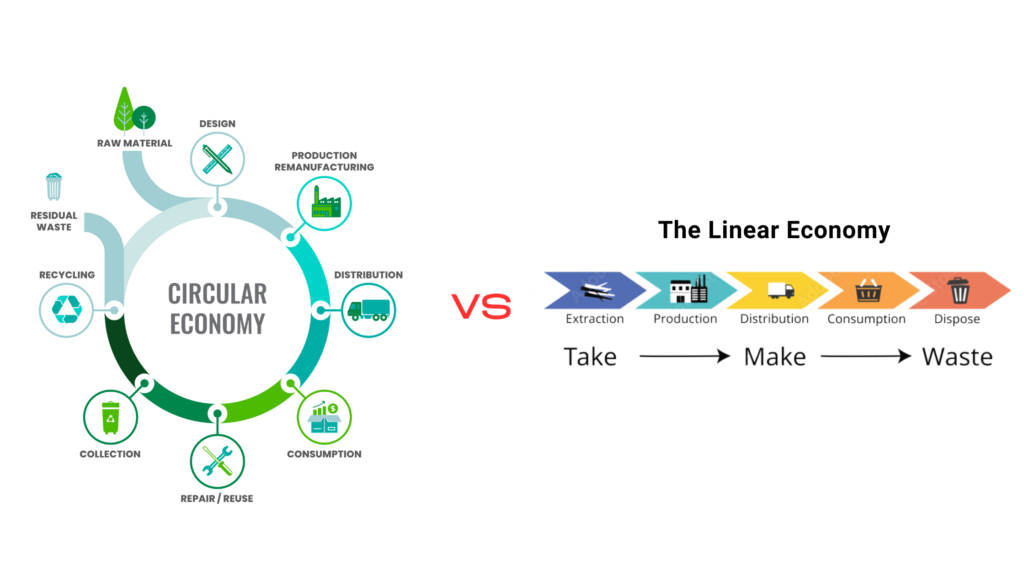
1. Resource Approach
While the linear model treats resources as abundant and waste as an acceptable outcome, the circular economy views resources as finite and seeks to eliminate the concept of waste entirely.
According to the World Bank, global resource extraction has tripled over the past 40 years, and the UN estimates that by 2050, we will need three Earths to provide the natural resources required to sustain our current consumption levels.
2. Product Lifecycle
In a linear economy, products follow a ‘cradle-to-grave’ lifecycle. The circular model promotes a ‘cradle-to-cradle’ approach, where products and materials are continuously reused or recycled.
The circular economy fundamentally rethinks resource use. It promotes the principles of reducing, reusing, and recycling. Research from the Ellen MacArthur Foundation indicates that transitioning to a circular economy could reduce global waste by 22% by 2030.
3. Value Creation
The linear model creates value by producing and selling as many products as possible. The circular economy creates value by extending product life and maximizing the use of assets.
4. Economic Growth
Economically, the linear economy is often characterized by short-term gains at the expense of long-term sustainability. The linear model creates value by producing and selling as many products as possible.
Conversely, the circular economy promotes sustainable economic growth by maximizing resource use and minimizing waste. It creates value by extending product life and maximizing the use
5. Environmental Impact
The linear economy contributes significantly to pollution, climate change, and habitat destruction. The extraction of raw materials often results in habitat loss, while waste from discarded products contributes to landfills and ocean pollution.
While the linear model often externalizes environmental costs, the circular economy internalizes these, aiming to create positive environmental impacts. By prioritizing sustainable practices, such as designing for longevity, using renewable resources, and minimizing waste, the circular model seeks to restore and regenerate natural systems.
The World Economic Forum has reported that the linear model accounts for nearly 90% of biodiversity loss and water stress, highlighting its detrimental impact on ecosystems.
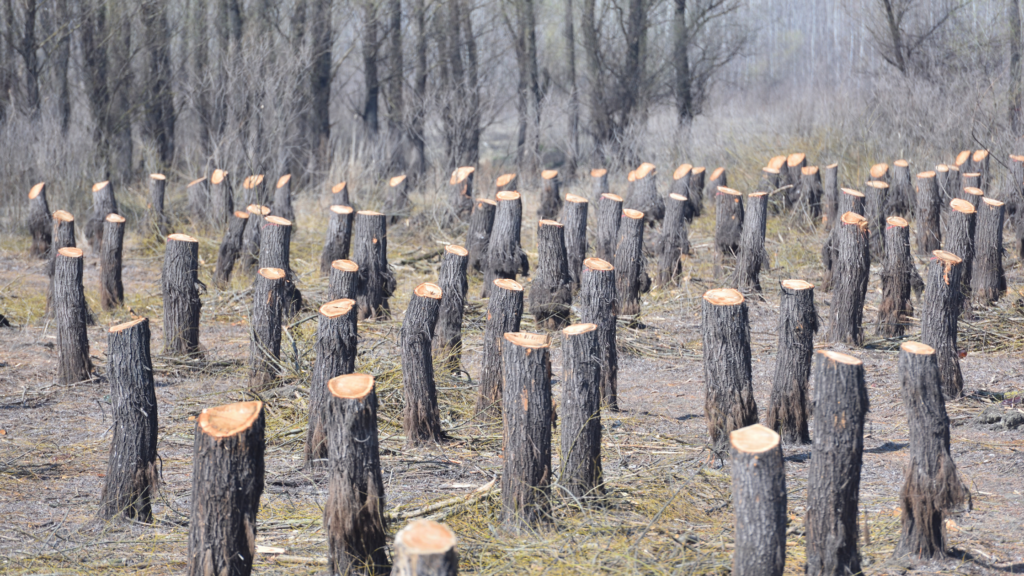
6. Social Considerations
The social implications of these economic models are equally significant. The linear economy often perpetuates a culture of disposability, where consumers are encouraged to buy more and waste more, leading to a cycle of overconsumption. This can contribute to social inequality, as the environmental degradation associated with linear practices disproportionately affects marginalized communities.
In contrast, the circular economy promotes social equity by encouraging responsible consumption and sustainable practices. It fosters community engagement and collaboration, as businesses and consumers work together to create a more sustainable future. Furthermore, by prioritizing local sourcing and production, the circular economy can create jobs and stimulate local economies.
For example, initiatives like community repair workshops and local recycling programs empower individuals to engage with sustainability and reduce waste. These practices not only enhance community resilience but also cultivate a culture of stewardship and responsibility toward the environment.
The circular economy offers a promising path forward, aligning economic interests with environmental stewardship in a way that the linear model simply cannot match.
READ RELATED: Transitioning to Circular Economy – How Businesses, Individuals and Policies are Adapting
Challenges in Implementing a Circular Economy
While the benefits of transitioning to a circular economy are clear and compelling, the path to implementation is not without obstacles.
Understanding these challenges is crucial for businesses, policymakers, and consumers as we collectively work towards a more sustainable economic model.
Let’s explore the key hurdles we face in this transition.
Technological Barriers
The shift to a circular economy often requires significant technological advancements and innovations:
1. Recycling Complexities: Many products, especially electronics and complex plastics, are challenging to recycle efficiently. For instance, a study found that only about 20% of e-waste is formally recycled globally, largely due to technological limitations in separating and processing materials.
2. Design for Circularity: Creating products that are easily disassembled, repaired, and recycled requires new design approaches and technologies. The Ellen MacArthur Foundation’s New Plastics Economy initiative highlights the need for innovation in packaging design to improve recyclability.
3. Material Tracking: Implementing effective circular systems often requires advanced tracking technologies to monitor materials throughout their lifecycle. While blockchain and IoT solutions show promise, their widespread implementation remains a challenge.
4. Quality of Recycled Materials: Maintaining the quality of materials through multiple use cycles is technically challenging. For example, the quality of recycled plastics often degrades with each cycle, limiting their reuse potential.
Economic Hurdles
The transition to a circular economy also faces several economic challenges:
1. Initial Investment Costs: Research shows that transitioning to a circular economy could require investments of up to $4.5 trillion globally by 2030.
Adapting existing linear systems to circular models often requires significant upfront investment.
2. Market Prices: Virgin materials are often cheaper than recycled ones due to existing subsidies and the externalization of environmental costs. This price disparity can make circular products less competitive in the market.
3. Business Model Transformation: Shifting from traditional sales models to service-based or sharing economy models can be financially risky for businesses. The WEF notes that this transition often requires companies to fundamentally rethink their revenue streams and customer relationships.
4. Economic Metrics: Traditional economic indicators like GDP don’t fully capture the benefits of a circular economy, potentially undervaluing its impact. The development of new economic metrics that account for sustainability and circularity is an ongoing challenge.
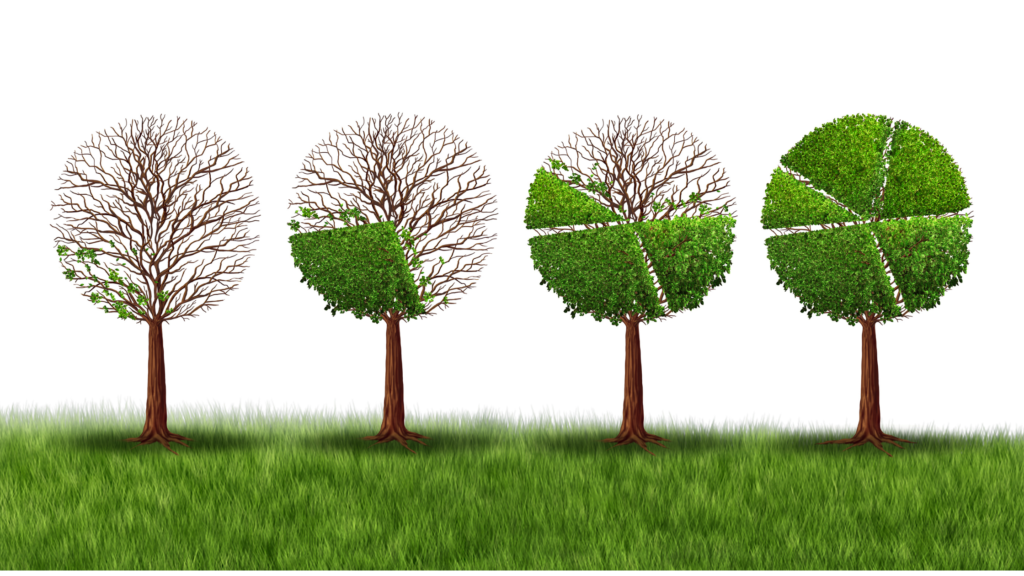
Policy and Regulatory Challenges
The regulatory landscape plays a crucial role in enabling or hindering the transition to a circular economy:
1. Lack of Standardization: The absence of universal standards for circular products and processes can hinder implementation. For example, varying recycling standards across regions complicate the design of globally recyclable products.
2. Regulatory Barriers: Some existing regulations inadvertently favor linear models. The OECD has identified over 400 regulatory and legislative barriers to the circular economy across various sectors in the EU alone.
3. International Trade Complexities: Circular economy practices often involve the movement of used products or materials across borders, which can be complicated by existing trade regulations and waste shipment laws.
4. Policy Coordination: Implementing effective circular economy policies requires coordination across different government departments and levels, which can be challenging to achieve.
Changing Consumer Behavior
Perhaps one of the most significant challenges lies in shifting deeply ingrained consumer habits and perceptions:
1. Perception of Second-hand Goods: Many consumers still perceive second-hand or refurbished products as inferior. A study by Deloitte found that 45% of consumers have concerns about the quality of refurbished electronics.
2. Convenience vs. Sustainability: The convenience of disposable products often outweighs sustainability concerns for many consumers. Changing this mindset requires sustained education and incentivization.
3. Ownership Culture: Shifting from an ownership-based to a service-based consumption model (e.g., leasing instead of buying) requires a significant cultural shift. The success of companies like Rent the Runway in fashion rental shows the potential, but also the challenges in changing consumer mindsets.
4. Lack of Awareness: Many consumers are still unaware of the environmental impact of their consumption choices.
A global survey by Ipsos found that while 70% of consumers say they would buy environmentally friendly products, only 17% actually do so, highlighting a gap between intention and action.
Overcoming these challenges requires a concerted effort from all stakeholders – governments, businesses, and consumers alike. It involves not just technological innovation and policy reform, but also a fundamental shift in how we perceive value, consumption, and our relationship with the products we use.
The Role of Technology in Enabling Circular Economies
As we navigate the complexities of transitioning from a linear to a circular economy, technology emerges as a powerful enabler.
Digital innovations are transforming how we design products, manage resources, and engage with consumers, making circular practices more feasible and efficient.
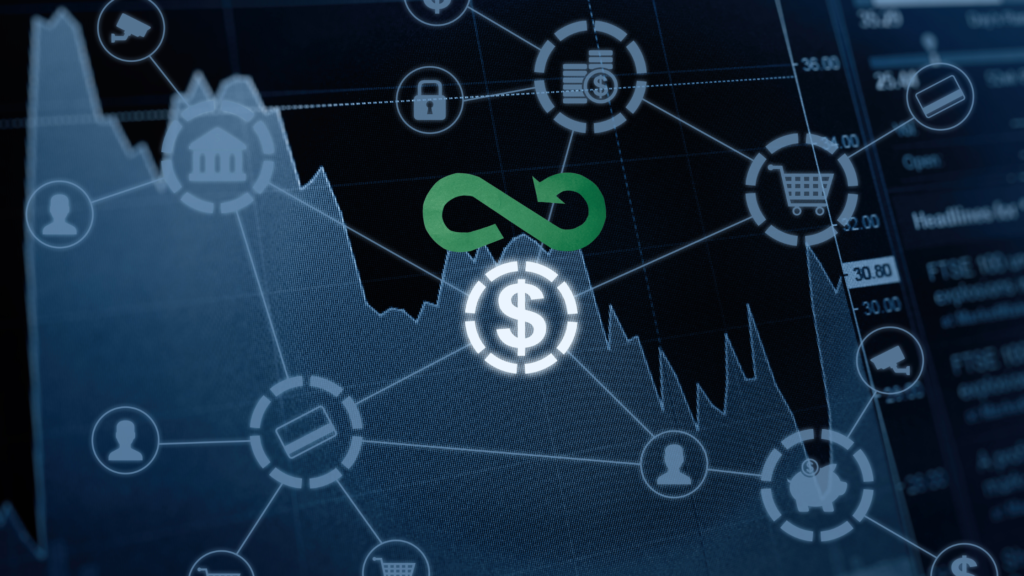
Digital Technologies Supporting Circular Practices
1. Blockchain: This technology enhances transparency and traceability in supply chains. By creating an immutable record of transactions, blockchain enables companies to track materials from their origin through to the end-of-life stage.
For example, the Provenance platform uses blockchain to verify the sustainability of products, allowing consumers to make informed purchasing decisions. This transparency helps businesses ensure compliance with circular principles and build trust with their customers.
2. Internet of Things (IoT): IoT devices facilitate real-time monitoring of products and resources throughout their lifecycle. Sensors embedded in products can track usage patterns, alerting companies when items are due for maintenance, repair, or recycling.
For instance, smart appliances can communicate with manufacturers to provide insights into performance and end-of-life status, enabling proactive maintenance and facilitating recycling efforts.
3. Artificial Intelligence (AI): AI and machine learning algorithms can optimize resource use and improve recycling processes. These technologies can analyze large datasets to identify trends and inefficiencies in production and supply chains.
Such as, AI can enhance sorting processes in recycling facilities by accurately identifying materials, leading to higher recycling rates and less contamination. Companies like TOMRA are leveraging AI to improve waste sorting and recovery, making recycling more efficient and effective.
4. Digital Platforms: Online platforms are crucial in connecting consumers with circular economy services.
Companies like ShareWaste and OLIO facilitate food sharing and composting, enabling individuals to contribute to a circular food system. These platforms encourage community engagement and promote resource sharing, reducing waste while providing access to goods and services without ownership.
Innovations in Recycling and Reuse
Innovations in recycling and reuse are critical components of the circular economy, driven by advancements in technology and materials science. Here are some noteworthy developments:
1. Advanced Recycling Technologies: Traditional recycling methods often struggle with complex materials, leading to low recycling rates. Innovations such as chemical recycling are emerging as viable solutions. This process breaks down plastics into their original monomers, allowing for the creation of high-quality recycled materials.
Companies like Loop Industries are pioneering this technology, enabling the recycling of PET plastic into new products with minimal degradation.
2. Upcycling: Upcycling involves transforming waste materials into new products of higher value. Digital technology facilitates upcycling by providing platforms for creators and consumers to connect.
For instance, Etsy and similar marketplaces allow artisans to sell upcycled goods, promoting creative reuse while reducing waste.
3. Modular Design: Innovations in product design, such as modularity, allow for easier repair and recycling. Products designed with interchangeable parts can be easily updated or repaired without discarding the entire item.
Dutch manufacturers, Fairphone exemplify this approach by creating smartphones that are user-repairable and made from ethically sourced materials.
4. Biomaterials: The development of sustainable biomaterials is revolutionizing product design and waste management. Materials derived from renewable resources can replace traditional plastics, reducing environmental impact.
For example, Mushroom Materials by Ecovative uses mycelium to create biodegradable packaging alternatives, demonstrating how innovative materials can contribute to circular practices.
5. Waste-to-Energy Technologies: Advanced waste-to-energy technologies convert organic waste into energy, reducing landfill waste and providing a renewable energy source.
Companies like Anaergia implement these technologies to produce biogas from organic waste, showcasing a practical application of circular principles in waste management.
Conclusion
The comparison on Circular Economy vs Linear Economy highlights a critical shift in our approach to production and consumption. While the linear “take-make-dispose” model has driven economic growth, it has come at a significant environmental cost.
The circular economy, emphasizing recycling, reuse, and sustainable design, offers a promising alternative that balances economic prosperity with environmental stewardship.
The potential benefits are substantial: reduced resource depletion, lower greenhouse gas emissions, and new economic opportunities. As we face pressing environmental challenges, embracing circular economy principles becomes increasingly crucial.
FAQs
A linear economy follows a “take-make-dispose” model, where resources are extracted, transformed into products, and eventually discarded as waste. In contrast, a circular economy aims to keep resources in use for as long as possible by designing products for longevity, reusability, and recyclability, thereby minimizing waste and environmental impact.
A circular economy benefits the environment by reducing waste, conserving natural resources, and lowering greenhouse gas emissions. It emphasizes recycling, reusing, and repairing products, which leads to less pollution and a smaller carbon footprint compared to the traditional linear model.
The linear economy is considered unsustainable because it relies heavily on finite resources and generates large amounts of waste and pollution. This model depletes natural resources and contributes to environmental degradation, making it difficult to maintain in the long term as global demand continues to rise.
Overcoming obstacles including shifting customer behavior, rethinking supply chains and products, and developing infrastructure and legislation in favor of the circular economy are all necessary to put it into practice. In addition, established industries used to the linear model may oppose change and incur upfront expenditures.
Companies can develop take-back or recycling programs and redesign products using sustainable materials to make them more durable and recyclable. This is one way that businesses can apply circular economy principles. Collaborating with stakeholders to develop a more sustainable supply chain can be aided by embracing novel business models such as product-as-a-service.
- https://www.unep.org/news-and-stories/press-release/worldwide-extraction-materials-triples-four-decades-intensifying
- https://ewastemonitor.info/gem-2020/
- https://unfccc.int/news/plastic-promise
- https://www.fao.org/4/mb060e/mb060e00.htm
- https://www.circle-economy.com/news/our-world-is-now-only-8-6-circular
- https://www.ellenmacarthurfoundation.org/topics/circular-economy-introduction/overview
- https://www.weforum.org/impact/helping-the-circular-economy-become-a-reality/
- https://www.un.org/sustainabledevelopment/sustainable-consumption-production/
- https://www.accenture.com/us-en/industries/consumer-goods-services
- https://www.weforum.org/agenda/2022/06/study-shows-circular-economy-can-halt-biodiversity-loss/
- https://earth.org/e-waste-recycling-rates-remain-dangerously-low-as-demand-for-electronic-devices-booms-un-report-reveals
- https://www.ellenmacarthurfoundation.org/the-new-plastics-economy-rethinking-the-future-of-plastics
- https://www.oecd.org/en/topics/sub-issues/circular-economy-policies-and-country-studies.html
- https://www.unep.org/news-and-stories/press-release/new-unep-report-lights-way-financial-institutions-shift-more
- https://www.ipsos.com/en/throwaway-world-challenge-plastic-packaging-and-waste

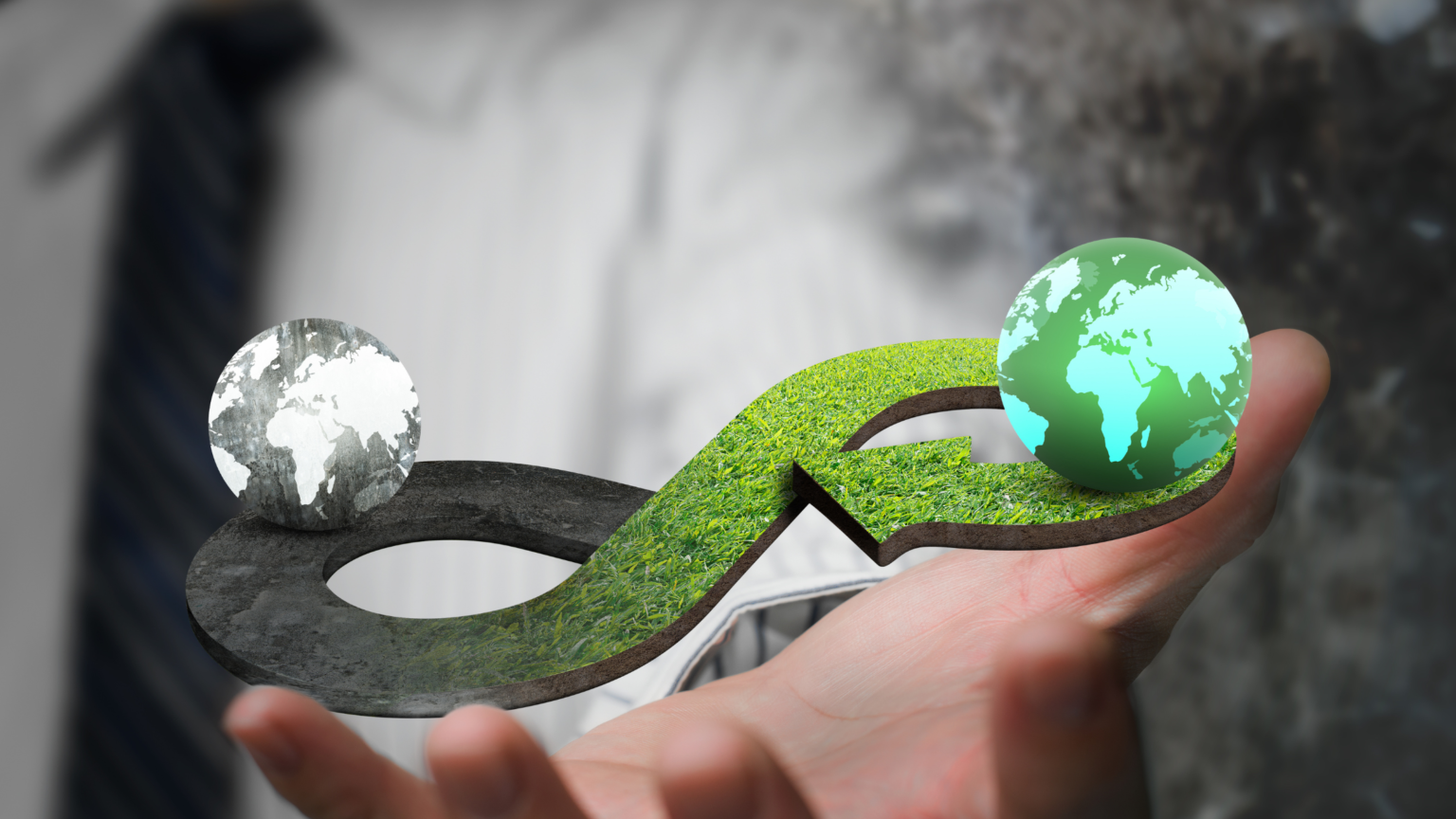
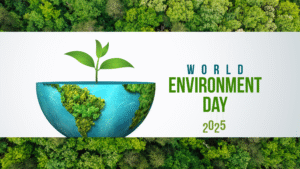
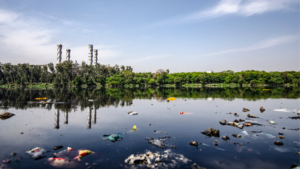
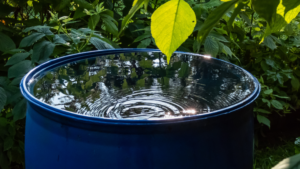

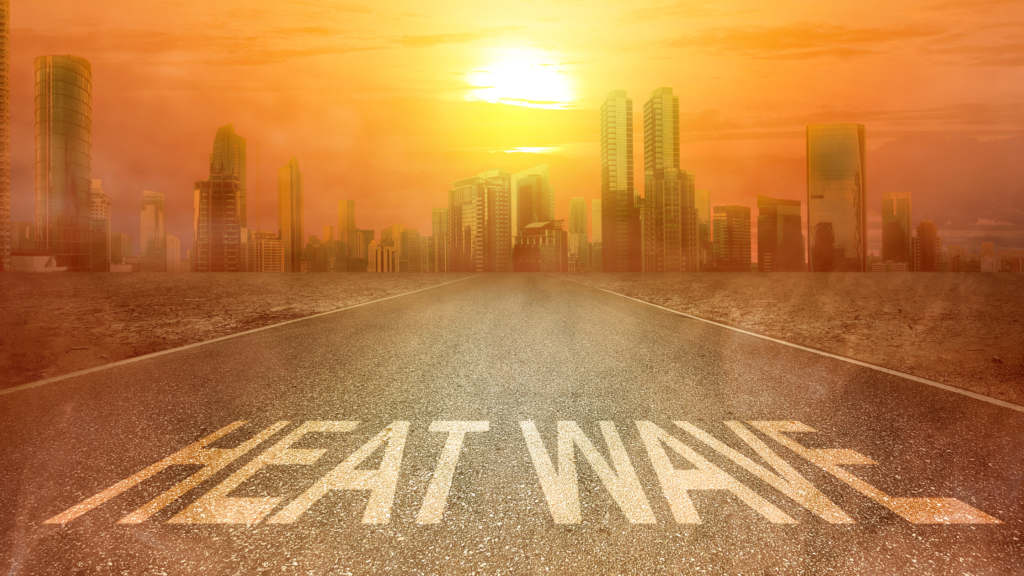
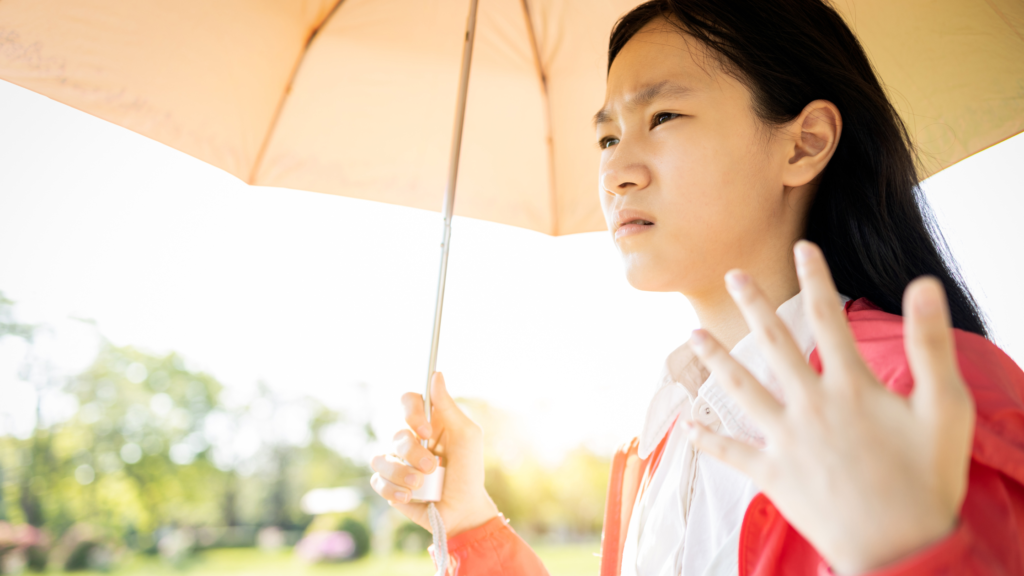
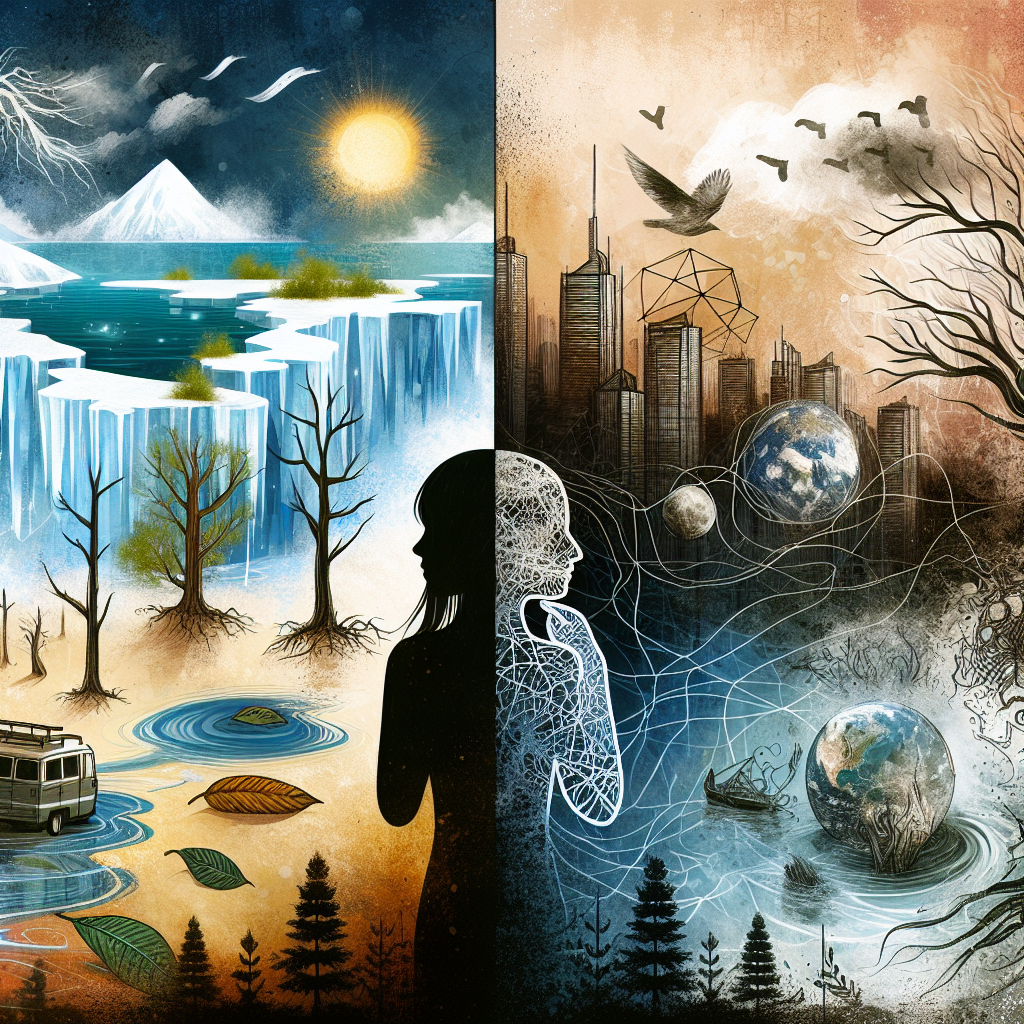
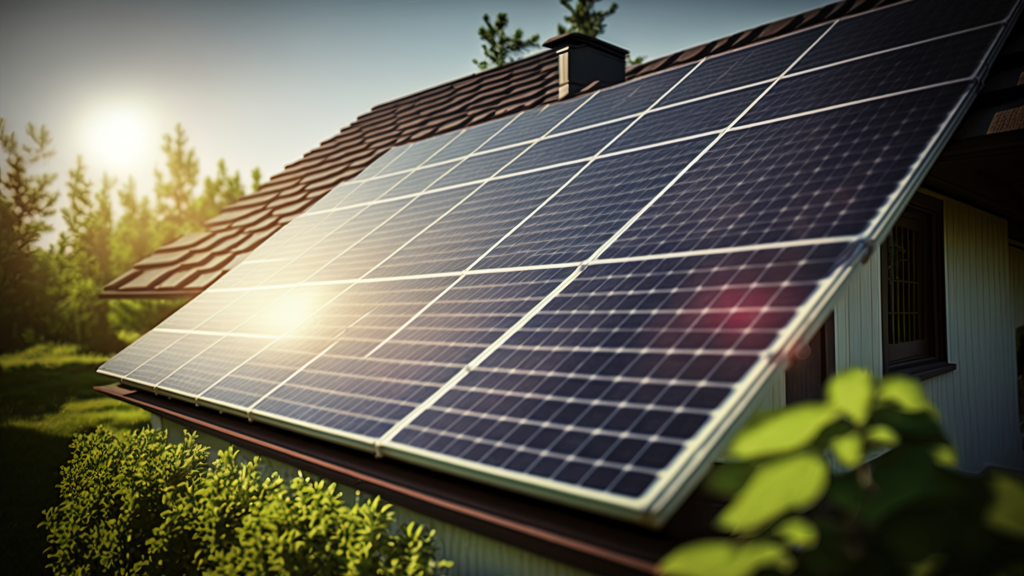
I appreciate, cause I found exactly what I was looking for. You have ended my 4 day long hunt! God Bless you man. Have a nice day. Bye